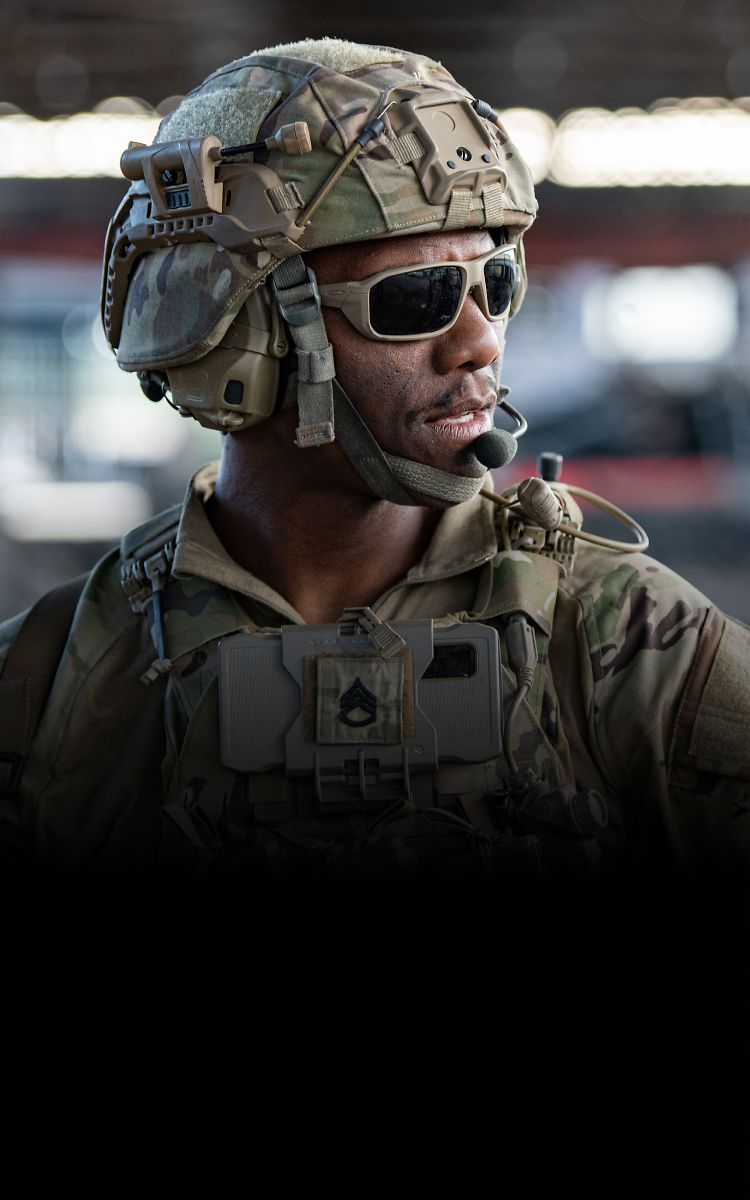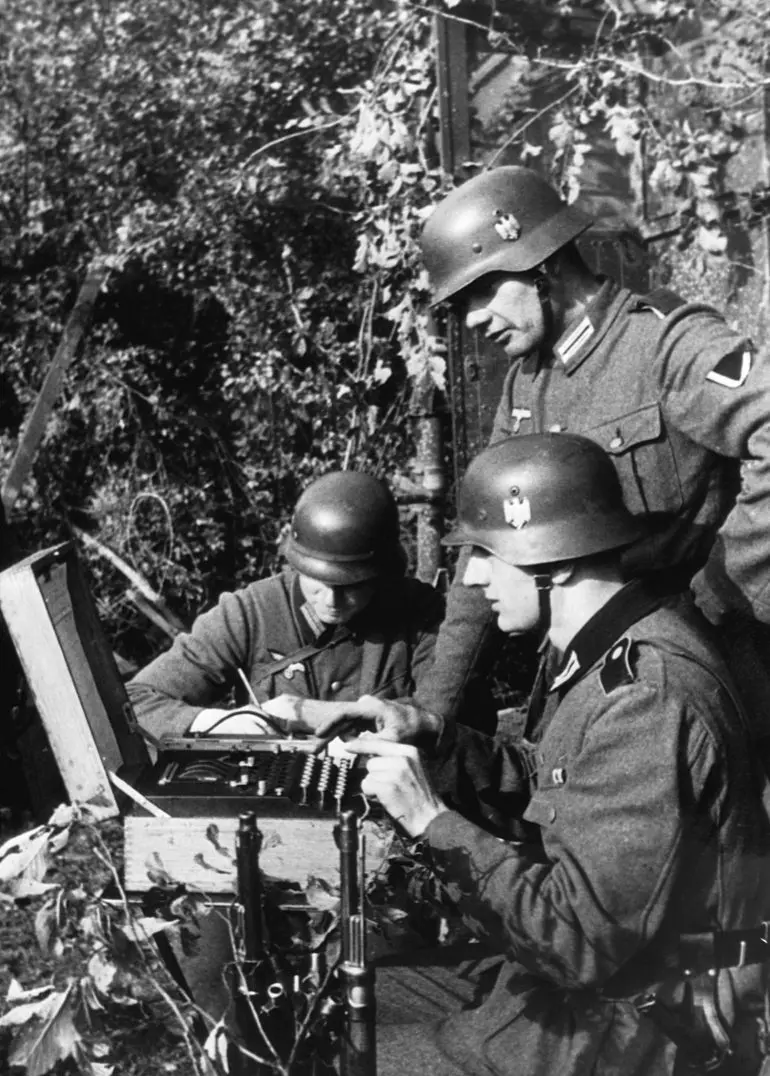Decoding Military Attire: Unveiling the Cochaniel Beetle Influence on Army Uniforms

Welcome to Military Uniforms Worldwide! In our latest article, we delve into the intriguing world of army uniforms. Today, we explore the fascinating use of the cochineal beetle in military attire. Discover how this tiny insect left a colorful mark on military history! Keep reading to learn more about this unique and unexpected element in army uniforms.
- The Evolution of the Cochaniel Beetle in Military Uniforms
- Questions asked by our uniform blog followers
- What is the historical significance of the cochineal beetle in the design of army uniforms?
- How did the use of cochineal beetles change over time in military uniform production?
- Are there any specific countries or armies that still incorporate cochineal beetles in their current military uniform designs?
The Evolution of the Cochaniel Beetle in Military Uniforms
1. Historical Significance and Usage of the Cochaniel Beetle
The Cochaniel Beetle, also known as the "Army Beetle," has played a vital role in military uniforms throughout history. This subtitle delves into the historical significance and usage of this unique element in military attire.
During ancient times, the use of insects in military uniforms was prevalent for their symbolic significance. The cochineal beetle, with its striking red color, became associated with courage, strength, and resilience. Military commanders incorporated the beetle's hue into their uniforms to inspire and instill fear in the enemy.
2. Adaptations and Symbolism in Modern Military Uniforms
As military tactics and strategies evolved, so did the incorporation of the cochineal beetle in modern military uniforms. This subtitle explores the adaptations and symbolism associated with this iconic insect in contemporary military attire.
In modern-day military uniforms, the cochineal beetle's red color has been transformed into a more subdued shade, adapting to the changing needs of combat. The incorporation of the beetle's symbolism remains, representing courage, sacrifice, and solidarity among soldiers. This adaptation ensures that the tradition lives on while also aligning with the practicality and functionality required in today's military operations.
3. The Cochineal Beetle in Contemporary Military Fashion
This subtitle focuses on the current role of the cochineal beetle in military fashion and its impact on contemporary uniform designs.
In recent times, the cochineal beetle has not only maintained its symbolic significance but has also influenced the aesthetic appeal of military uniforms. Designers have embraced the beetle's deep crimson color, incorporating it strategically in various elements such as patches, badges, and trimmings. The presence of the cochineal beetle in contemporary military fashion not only pays homage to tradition but also adds a sense of prestige and heritage to the overall appearance of modern military uniforms.
Questions asked by our uniform blog followers
What is the historical significance of the cochineal beetle in the design of army uniforms?
The cochineal beetle has had a significant historical influence on the design of army uniforms. Cochineal is a red dye derived from the crushed bodies of female cochineal insects, which were primarily found in Mexico and Central America. This natural dye was highly valued for its vibrant and long-lasting color, making it ideal for coloring textiles.
During the height of the Spanish Empire in the 16th and 17th centuries, cochineal became a highly sought-after commodity in Europe. It was extensively used in the dyeing industry, including the production of military uniforms. The bright red dye derived from cochineal beetles was especially popular for the clothing of high-ranking officers and commanders.
The use of cochineal dye in military uniforms reflected both status and power. The intense red color symbolized courage, authority, and strength, which were qualities associated with military leaders. The richness of the hue also denoted wealth and luxury, highlighting the high social status of the wearer.
Over time, with the decline of the Spanish Empire and the advent of synthetic dyes, the use of cochineal in military uniforms decreased. Synthetic dyes offered more economical options and a wider range of colors. However, the historical significance of cochineal in the design of army uniforms remains an important part of the evolution of military fashion.
In conclusion, the cochineal beetle played a significant role in the design of army uniforms due to its vibrant red dye. This natural color symbolized power, courage, and wealth, making it a popular choice for high-ranking military officers. While its use declined with the rise of synthetic dyes, the historical significance of cochineal in military fashion cannot be overlooked.
How did the use of cochineal beetles change over time in military uniform production?
The use of cochineal beetles in military uniform production has significantly changed over time. Cochineal beetles, specifically the female ones, produce carminic acid, which can be used as a natural red dye. This dye was highly valued for its vibrant and long-lasting color, making it a popular choice for dyeing fabrics, including military uniforms.
During the 18th and early 19th centuries, cochineal beetles were widely used in Europe and the United States for dyeing military uniforms, especially those of higher-ranking officers. The bright red color obtained from cochineal dye was seen as a symbol of power, wealth, and authority. It added a touch of grandeur and visibility to military attire.
However, with advancements in synthetic dye technology during the late 19th and early 20th centuries, the use of cochineal beetles in military uniform production declined. Synthetic dyes offered a wider range of colors, were cheaper to produce, and allowed for more consistent results. Additionally, the scarcity and cost of cochineal beetles compared to synthetic alternatives made their use less practical.
Today, the use of cochineal beetles in military uniform production is virtually nonexistent. Synthetic dyes have become the standard choice for creating uniform colors that are durable, consistent, and easily reproducible. However, natural dyes, including cochineal, may still be used in certain cases where historical accuracy or traditional methods are preferred, such as in ceremonial or reenactment uniforms.
In conclusion, while cochineal beetles were once extensively used in military uniform production for their vibrant red dye, their use has diminished over time due to the rise of synthetic dyes.
Are there any specific countries or armies that still incorporate cochineal beetles in their current military uniform designs?
As far as I know, there are no specific countries or armies that currently incorporate cochineal beetles in their military uniform designs. The use of natural dyes derived from insects, such as cochineal beetles, has significantly declined over the years due to advancements in synthetic dye technology. Nowadays, most military uniforms are produced using synthetic materials and dyes that offer durability, colorfastness, and ease of maintenance. It's important to note that military uniform designs may vary between different countries and even within different branches of a single country's military.
In conclusion, the use of the cochineal beetle in army uniforms is a fascinating aspect of military history. This tiny insect played a significant role in providing vibrant hues to the fabrics worn by soldiers. Its natural dye was not only visually appealing but also had practical benefits, such as camouflaging soldiers in certain environments. The utilization of the cochineal beetle showcases the resourcefulness and creativity of military forces throughout history. By incorporating nature's offerings into their uniforms, armies have not only shown their adaptability but have also contributed to the preservation and sustainability of ecosystems. The significance of this unique dyeing technique cannot be overlooked, as it represents a harmonious blend of science, nature, and military necessity. As we delve deeper into the study of military uniforms, it is imperative to appreciate the intricate details and diverse influences that contribute to their design. From ancient times to the modern era, military uniforms continue to evolve, symbolizing the values, traditions, and aspirations of armed forces worldwide. Understanding the origins and influences behind these unique pieces of clothing allows us to gain a deeper appreciation for the sacrifices and dedication of those who serve. Let us continue to explore the rich tapestry of military uniforms and honor the men and women who wear them with pride and distinction.









